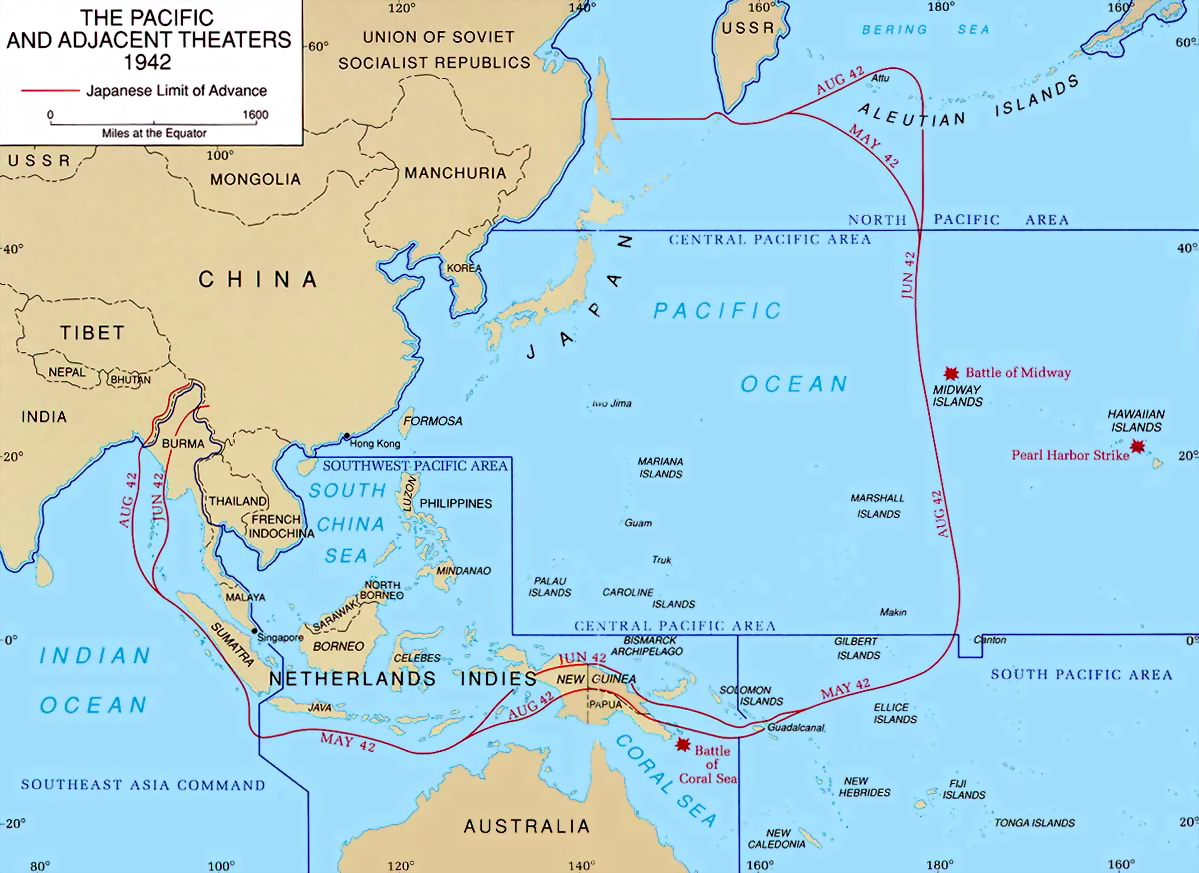|
Bombing Of Singapore (1944–45)
Bombing of Singapore may refer to: * Bombing of Singapore (1941), the first Japanese air raid on the city *Raids conducted during the Malayan Campaign and the Battle of Singapore (29 December 1941 to 15 February 1942) * Bombing of Singapore (1944–1945), raids conducted by United States and British aircraft prior to the city's liberation at the end of the war * MacDonald House bombing, bombing conducted by a group of Indonesian soldiers {{disambig ... [...More Info...] [...Related Items...] OR: [Wikipedia] [Google] [Baidu] |
Bombing Of Singapore (1941)
The bombing of Singapore was an attack on 8 December 1941 by seventeen G3M ''Nell'' bombers of Mihoro Air Group (''Mihoro Kaigun Kōkūtai''), Imperial Japanese Navy, flying from Thu Dau Mot in southern Indochina. The attack began at around 0430, shortly after Japanese forces landed on Kota Bharu, Kelantan in northern Malaya. It was the first knowledge the Singapore population had that war had broken out in the Far East. Background The attack on Singapore was assigned to 34 bombers of Genzan Air Group (''Genzan Kaigun Kōkūtai'') and 31 bombers of Mihoro Air Group. Their targets were RAF Tengah, RAF Seletar, Sembawang Naval Base and Keppel Harbour. Six squadrons from both air groups took off from southern Indochina on the night of 7 December 1941. However, bad weather conditions were encountered while over the South China Sea. Thick clouds offered poor visibility for the pilots, while rough winds caused most of the formations to become separated. After several attempt ... [...More Info...] [...Related Items...] OR: [Wikipedia] [Google] [Baidu] |
Battle Of Singapore
The fall of Singapore, also known as the Battle of Singapore, took place in the South–East Asian theatre of the Pacific War. The Empire of Japan captured the British stronghold of Singapore, with fighting lasting from 8 to 15 February 1942. Singapore was the foremost British military base and economic port in South–East Asia and had been of great importance to British interwar defence strategy. The capture of Singapore resulted in the largest British surrender in history. Before the battle, Japanese General Tomoyuki Yamashita had advanced with approximately 30,000 men down the Malayan Peninsula in the Malayan campaign. The British erroneously considered the jungle terrain impassable, leading to a swift Japanese advance as Allied defences were quickly outflanked. The British Lieutenant-General, Arthur Percival, commanded 85,000 Allied troops at Singapore, although many units were under-strength and most units lacked experience. The British outnumbered the Japanese but mu ... [...More Info...] [...Related Items...] OR: [Wikipedia] [Google] [Baidu] |
Bombing Of Singapore (1944–1945)
The Bombing of Singapore (1944–1945) was a military campaign conducted by the Allies of World War II, Allied air forces during World War II. United States Army Air Forces (USAAF) long-range bomber units conducted 11 air raids on Japanese-occupied Singapore between November 1944 and March 1945. Most of these raids targeted the island's naval base and dockyard facilities, and minelaying missions were conducted in nearby waters. After the American bombers were redeployed, the British Royal Air Force assumed responsibility for minelaying operations near Singapore and these continued until 24 May 1945. The raids had mixed results. While significant damage was inflicted on Singapore's important naval base and commercial port, some raids on these targets were not successful and other attacks on oil storage facilities on islands near Singapore were ineffective. The minelaying campaign disrupted Japanese shipping in the Singapore area and resulted in the loss of three vessels and d ... [...More Info...] [...Related Items...] OR: [Wikipedia] [Google] [Baidu] |


